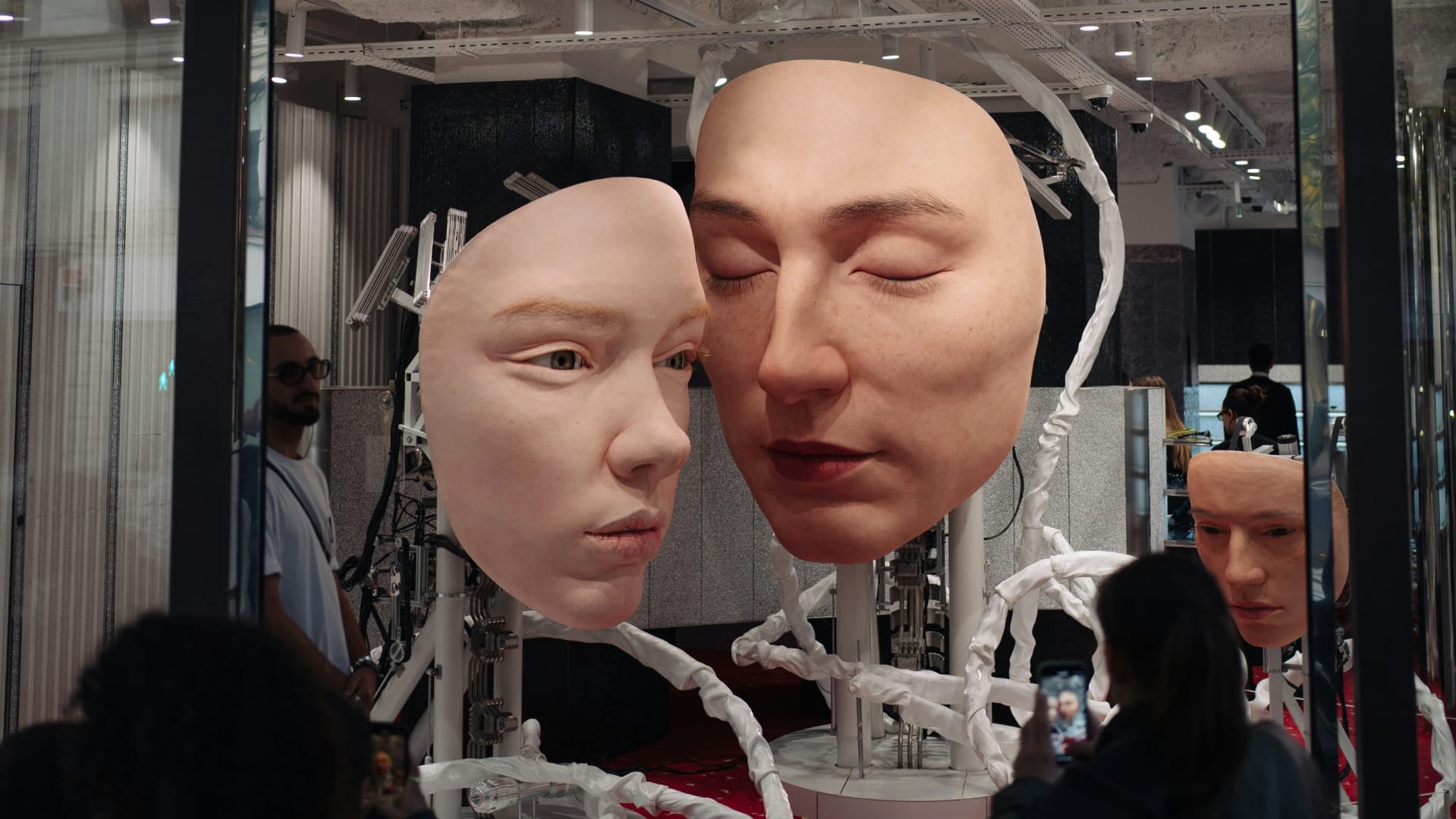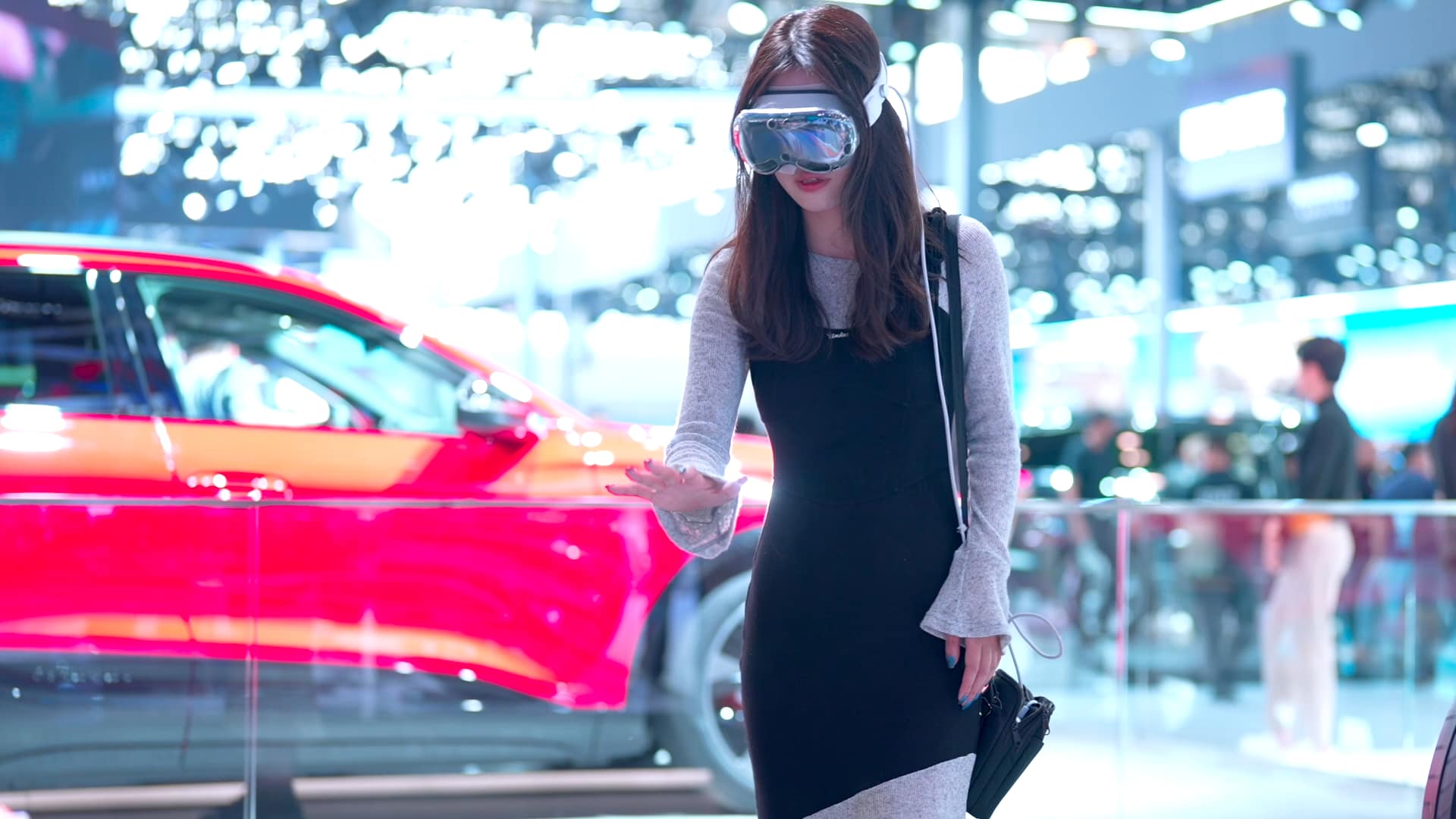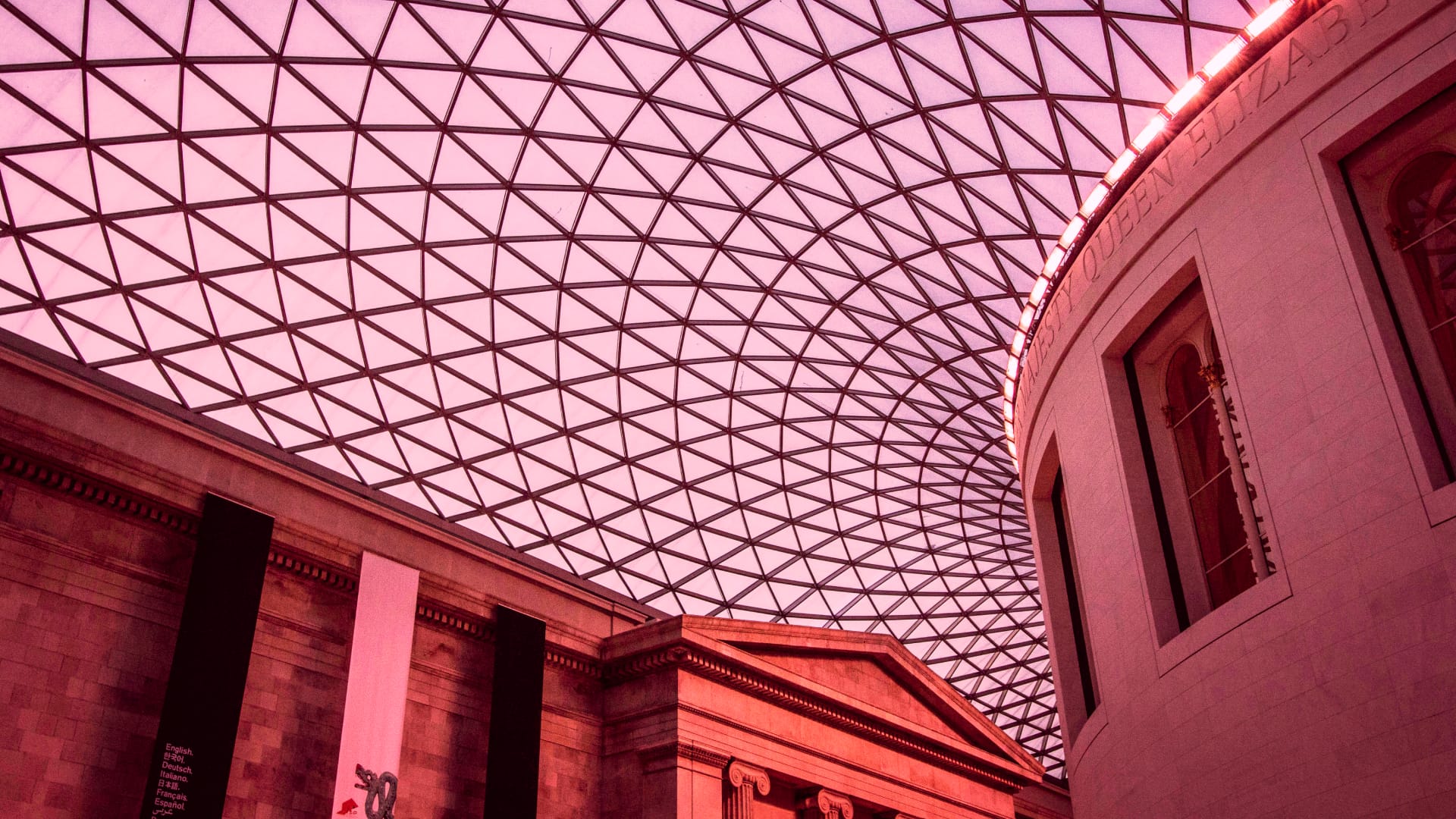
This article first appeared in Shots, written by Imagination UK.
Living through a perfect storm of uncertainty, consumers are increasingly expecting brands to add something genuinely good to the world.
No longer only buying products, consumers are investing in the narratives that they identify with. Over the last year, we’ve seen brands using their voice and platforms to support the people of Ukraine and women in Iran but, beyond political and social aspects, consumers have a need to escape everyday challenges and information overload.
Responding to these market dynamics, luxury brands are forging personal and cultural growth by embracing the role of inspiring the public through art, style and self-expression. According to The Future Laboratory’s future forecast report, luxury is becoming more exclusive, gilded and hyper-curated, pushing a move from a hard sell into a more subtle and less intrusive marketing approach, one with a value exchange.
In collaboration with the artist Refik Anadol, Bulgari embraced the art scene with last year’s Metamorphosis exhibition at the Saatchi Gallery in London. An algorithm-based installation that invited visitors into a technicoloured universe of the infinite facets of their iconic snake in constant evolution. Despite targeting a smaller pool of people, luxury brands are increasingly going where aspirational audiences travel. Louis Vuitton’s winter ‘yurt’ pop-up, situated in exclusive St. Moritz, aligns a curated brand experience with the broader luxury lifestyle of their customers.
Luxurious sustainability and cultural credibility
In the pursuit of a better world, it’s crucial to help customers feel good about their luxury purchases. Coach’s Tomorrow’s Vintage pop-up that came to London in January as part of its (Re)Loved campaign offered repairs, upcycling, customisation and leather care to the forefront programme. Responding to consumers’ increasing appetite for genuine content, brands are starting to change how they utilise influencers/celebrities and partnerships. Using (in and out of category) experts to build credibility.
During Paris Fashion Week, we witnessed Coperni baffle the world when Bella Hadid had a ‘dress’ spray-painted onto her by Fabrican, interlacing tech with the intention to push fashion forward. Result? One of the biggest virtual moments of the month that received a staggering 3,000% increase in searches (lyst.com), and $2.2 million in ending market value (Vogue Business.com).
Pros and cons
Like everything else, these low-key marketing strategies have benefits and challenges. For luxury brands, they bring the clear benefit of adding a layer of mystery and scarcity, which appeals to many (ultra) high-net-worth individuals that appreciate less intrusive marketing tactics and being part of a more exclusive group.
According to BCG (Boston Consulting Group) and Highsnobiety, substantial knowledge of a brand is becoming a part of a value proposition. Whilst aiming to spike cultural conversations, these marketing strategies are ideal when focusing on quality over quantity. Establishing a common ground of shared values for both established and prospective customers by building more meaningful relationships.
On the flip side, if not researched or planned out properly, there is a risk of limited exposure and a failed alignment with the desired audience. Additionally, brands applying a more subtle approach must prepare to accept more limited ownership of the narrative. Allowing the media and audience to control the conversation. Lastly, it entails a move away from a measurement approach that relies on well-established vanity impression metrics or cost to the company, and towards one that focuses on truly affecting the cultural conversation.
The essential role of brand experiences
A more subtle marketing approach is not to be confused with scaling back on marketing activations. In fact, the common denominator for brands acting in this way is their commitment to genuine, boldly executed brand experiences that deliver cut-through, impact and lasting impressions. Grounded in luxury consumers’ search for belonging with like-minded people and initiatives that have a positive impact on the world, there is an expectation of cultural credibility beyond products and services.
And brand experiences allow brands to build just that – by manifesting desired behaviours through participatory storytelling. But, considering the ‘consumer truth’ that people care about brands in the context of how it benefits them, relevance has become the new differentiator for brand experiences. As such, brands must design experiences based on a purposeful value exchange to time-poor and demanding luxury customers, across the passion points that they care about (as exemplified above).
Owning the narrative
The success of a more stealth marketing approach is based on spiking attention without being overly exposed. The key to success is to get a genuine and compelling narrative across – in the right places to the right people – consistently. Designing experiences to stay top of mind and top of feed by creating ongoing conversations that encapsulate both the media’s and the audiences’ attention.
In order to achieve a clear brand attribution and maintain a share of mind, there needs to be an accumulated rhythm of experiences. Not a disconnected series of events, but a consistent experience strategy that lives across both digital and physical touchpoints.
For curated luxury experiences, this requires a shift away from traditional quantitative to more sophisticated qualitative KPI’s – reflecting the emotional response and engagement that the activations intend to achieve. As such, ROI should be based on capturing quality leads through quality time. Moving from advocacy to belonging and from cost-to-company to engagement minutes, eventually linking the two to sales and loyalty.
In short, embracing a more subtle, yet curated marketing approach is an impactful way to build more emotionally led and genuine brand connections with your audience.


